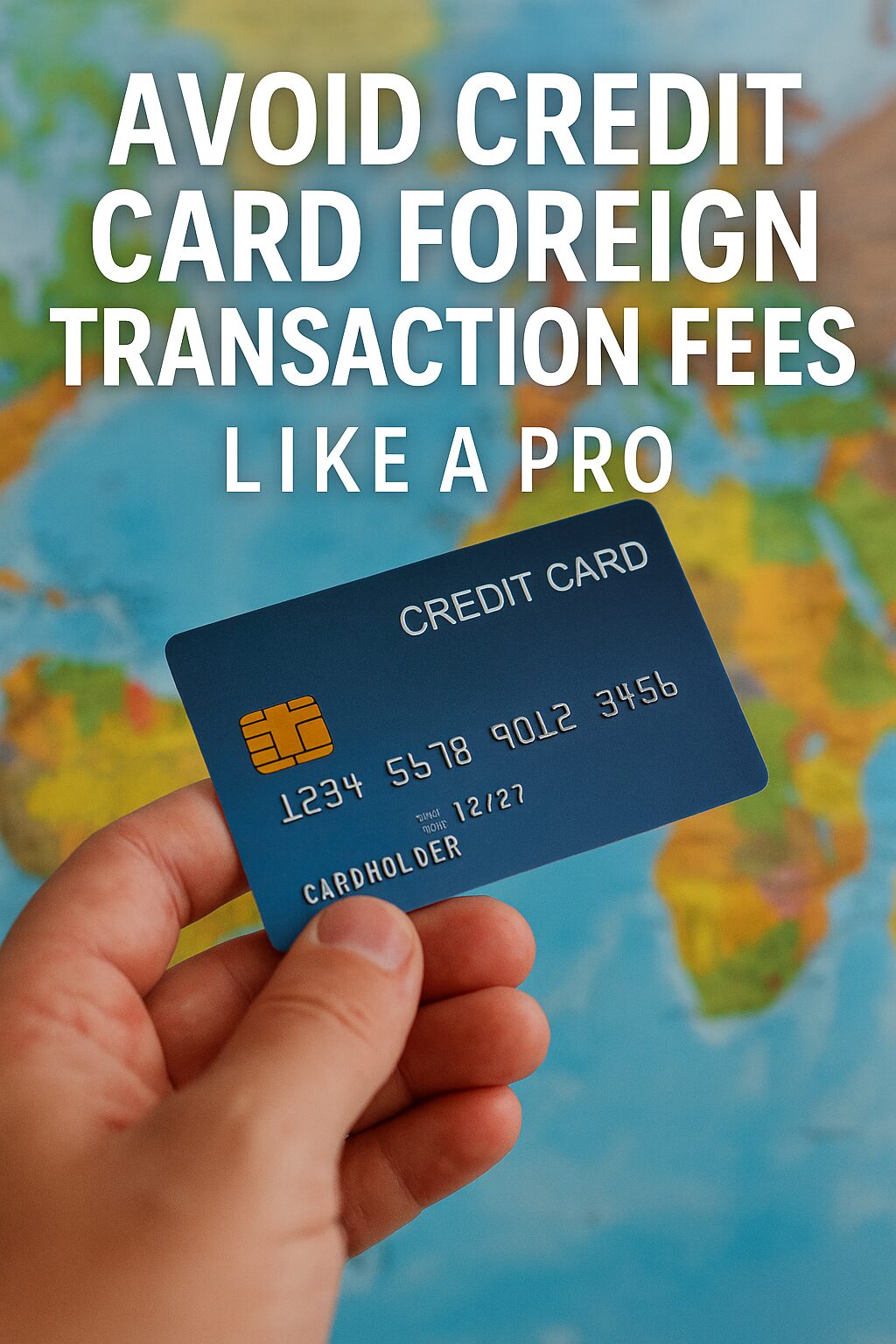Traveling abroad is exciting, but unexpected credit card fees can quickly ruin the experience. Even when you think you’re using your card wisely, hidden charges can sneak up on you. In this guide, we’ll show you how to completely avoid hidden fees when using your credit card overseas in 2025.
1. Understand the Most Common Hidden Fees
Before you even pack your bags, you should be aware of the typical hidden fees that travelers face:
- Foreign Transaction Fees:
Many credit cards charge around 1%–3% per transaction made in a foreign currency. - Dynamic Currency Conversion (DCC) Fees:
Some merchants offer to convert your payment into your home currency. While this seems convenient, it often comes with an unfavorable exchange rate and an extra service fee. - ATM Withdrawal Fees:
Using your credit card at a foreign ATM can trigger both a cash advance fee and a high-interest rate immediately. - Inactivity or Miscellaneous Service Fees:
Some banks impose extra charges if a card is inactive for a while, or for certain international customer services.
Knowing these ahead of time helps you plan smarter.
2. Choose the Right Credit Card
The simplest way to avoid most fees is to carry a card designed for international use. Look for a card that offers:
- 0% Foreign Transaction Fees
- Competitive Exchange Rates
- Global Acceptance (Visa, Mastercard preferred)
- Robust Travel Protections (e.g., travel insurance, lost luggage coverage)
If you don’t already have a travel-optimized credit card, consider applying for one before your trip.
3. Always Pay in Local Currency
When a merchant asks, “Would you like to pay in dollars instead of euros?” always choose the local currency.
Here’s why:
- Paying in your home currency often triggers DCC, where the merchant’s payment processor applies their own exchange rate — typically much worse than your bank’s rate.
- You might be charged extra hidden service fees for the conversion.
Golden Rule:
When abroad, always pay in the country’s local currency — never in your home currency.
4. Notify Your Bank Before Traveling
Unexpected charges can be compounded if your card is flagged for suspicious activity while you’re overseas.
Make sure to:
- Inform your bank of your travel plans (dates and destinations).
- Set up mobile alerts for all card activities.
- Confirm that your contact information is updated, in case the bank needs to reach you.
This step also minimizes the risk of frozen accounts during critical moments abroad.
5. Be Careful With ATMs
If you need cash, try these tips:
- Use your debit card instead of a credit card to avoid cash advance fees.
- Withdraw larger amounts less frequently to minimize per-transaction fees.
- Use ATMs affiliated with major banks for better security and lower fees.
Avoid using standalone ATMs at tourist hotspots, hotels, or convenience stores — they often charge the highest fees.
6. Review Your Statements Carefully
After your trip, don’t just pay your bill without checking.
Look for:
- Unusual transaction amounts
- Unexpected service fees
- Any foreign charges that you didn’t authorize
Disputing wrong charges immediately can save you a lot of money and hassle.
Final Thoughts
Credit cards are incredibly convenient for international travel — but only if you know how to use them wisely.
By understanding hidden fees, choosing the right card, and following smart payment practices, you can travel smarter and save hundreds of dollars.
In our next article, we’ll dive into the ultimate checklist you should complete before using your credit card overseas — don’t miss it!
